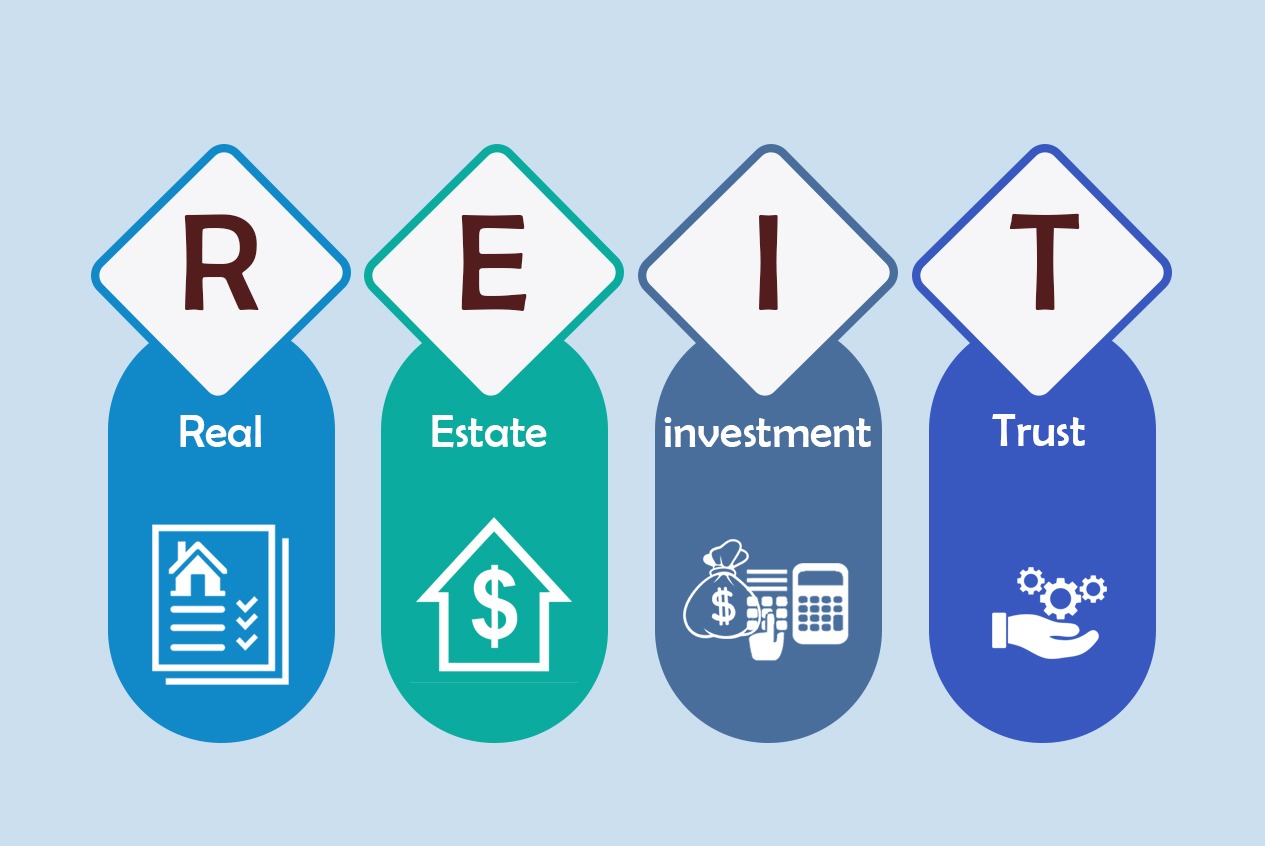REIT (Real Estate Investment Trust)

REIT (Real Estate Investment Trust)
REIT, termed as Real Estate Investment Trust, is actually not a new concept but still less adapted by the small to mid-sized investors. In REIT, the investors can invest in commercial real estate without actually owning or administrating those properties.
History:
In the 1960s, the US Congress, through legislation, created the REIT. This legislation enabled the small investors to invest in the real estate and get some stake in the property as they could get some stakes in different businesses.
How REIT works:
REIT is actually a company that owns or often manages income-driven huge real estate properties. The properties may include apartments, offices, warehouses, malls, storage facilities, etc. REITs were bound to maintain certain standards that are:
- Each year they have to return a 90% of the taxable income as a form dividend to shareholders. of as minimum.
- A minimum of 75% of total assets must be invested in real estate or cash.
- 75% of the gross income must be obtained from real estate.
- REIT must ensure to have 100 investors/shareholders after one year of its establishment.
- 50% of the shares should be held by five or fewer individuals during the last half of the taxable year.
These rules enable the REIT to pay fewer taxes as compare to non-REIT companies. In the long run, this will lead the REITs to pay larger dividends to their shareholders. The reliable REITs are those who pay off well dividends to their inventors. But the risk is still there for the investors depending on the type of REIT.
Types of REITs:
There are three main categories of REIT based on their investment holdings.
- Equity
- Mortgage
- Hybrid REIT
Each type is subdivided into further three categories based on how the purchasing was made for the investment. These are:
- Publicly Traded REITs
- Public Non-Traded REITs
- Private REITs
Classification of REITs of the basis of Investment Holdings
Equity REITs: Its operations are carried out just as a landlord. They actually own the real estate, maintain it, invest back in the property and make collections on a rental basis.
Mortgage REIT: Also known as mREITs. They do not own real estate property. Instead, they have debt securities that are sponsored by the property. For example, if an investor takes a property on mortgage, the mREIT purchase this property from the real owner and collect the monthly rents from the investor. The investor is the one who has to manage and maintain that property.
Hybrid REITs: It’s a combination of both the Equity REIT and REIT.
Classification of REITs based on Trading Status
Publicly Traded REIT: These are traded on an exchange and are their availability for trading can be ensured by having a brokerage account. They are intended to have better governance standards and are more transparent.
Public Non-Traded REIT: They are registered with Security Exchange Commissions but are not available on an exchange. These can be purchased from a broker that can participate in public non-trading offerings such as online real estate broker foundries. Since these are not publicly traded, so these REITs are highly illiquid, often for the period of 08 years or more.
Private REIT: These REITs are unlisted in exchanges. This makes them hard to estimate their values and trading. These REITs are also exempted from getting registered in Security Exchange Commissions (depends on the law of a country). These limitations have made such REITs less attractive to investors.
Business cards
our sponsors


